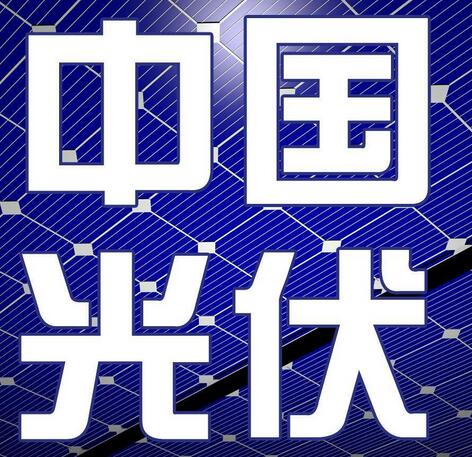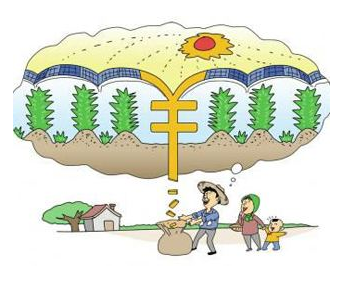The subsidy gap continued to expand. By the end of 2017, the accumulated subsidy gap for renewable energy power generation reached a total of 112.7 billion yuan, of which the photovoltaic subsidy gap was 45.5 billion yuan (accounting for about 40%), and it has been expanding year by year. Currently, it has exceeded 120 billion yuan, directly affecting the health of the photovoltaic industry. Orderly development.
The issue of consumption can not be ignored. With the rapid expansion of photovoltaic power generation, some areas have also experienced more serious problems of abandoning light and power. In 2015, the national abandonment rate was 12%, and in 2016, the rate of abandonment was 11%. Through multiple efforts in 2017, the abandonment rate dropped to 6%. However, individual areas are still very serious, and the abandonment rates of Gansu and Xinjiang have reached 20% and 22% respectively.
There is a hidden danger of overcapacity. Under the stimulation of the rapid growth of the domestic photovoltaic power generation market, photovoltaic manufacturing companies have expanded their production capacity, and the problem of overcapacity in photovoltaic manufacturing, quality of products and power station construction have also become apparent.
“This is a problem that is not conducive to the healthy and sustainable development of the industry. It needs to guide the market and the industry to adjust development ideas according to the new situation, shift the focus of photovoltaic development from expanding the scale to improving quality and efficiency, and focus on advancing technological progress and reducing the cost of power generation. , Reducing the dependence on subsidies to promote the orderly development of the industry and high-quality development, said the person in charge.

Promote distributed market trading
It is understood that the next step, the National Development and Reform Commission, the National Energy Board will continue to support the healthy and sustainable development of the photovoltaic industry.
Pay close attention to the road map for the marketization of photovoltaic power generation. Overall consideration will be given to non-fossil energy consumption targets, power grid capacity, and financial subsidy strength, improve the “13th Five-Year Plan” photovoltaic development goals and scale of development in the following years, and reasonably grasp the development rhythm.
Vigorously promote the development of distributed photovoltaic market. The measures have been issued. At present, pilot projects are being submitted to various localities. The National Energy Administration will step up approval. In the future, it is necessary to continuously improve the business model and operation mode so that distributed market-oriented transactions will become an important direction for the development of distributed photovoltaics, and will become a new breakthrough and new market for distributed photovoltaic development in the new situation.
Decrease the burden on photovoltaic companies. Compared with foreign countries, the difference in the cost of photovoltaic power generation in China is mainly in non-technical costs.
















 RCCN WeChat QrCode
RCCN WeChat QrCode Mobile WebSite
Mobile WebSite







